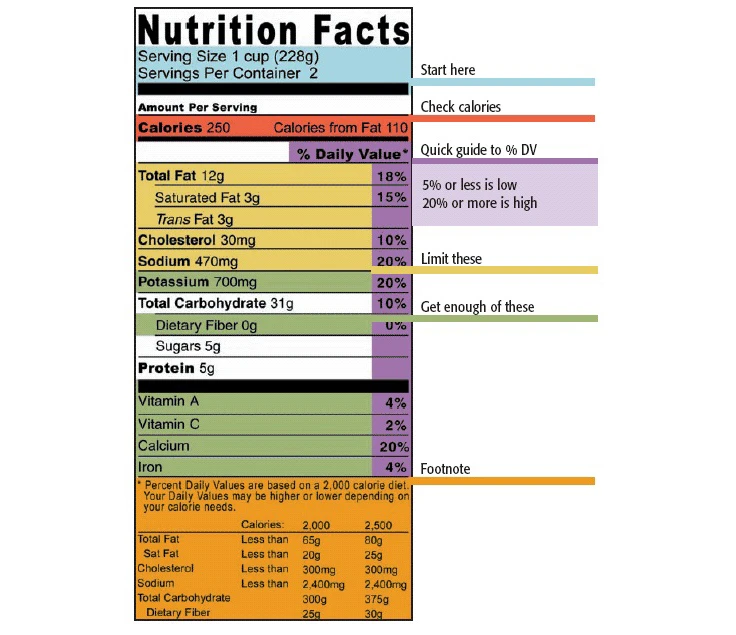
It’s not news to the food industry, but university research is now showing that American grocery shoppers face an array of front of pack (FOP) nutrition and health claims when making food selections. But relying on FOP claims to determine the nutrition quality of the food may not be a consumer’s best option.
In the January issue of the Journal of Food Science study, published by the Institute of Food Technologists (IFT), researchers from The Ohio State University and Saint Joseph’s University, Philadelphia, examined and analyzed FOP nutrition claims on more than 2,200 breakfast cereal and prepared meals released for sale between 2006 and 2010. What they found was that no type or number of claims could distinguish “healthy” foods.
FDA has specifically defined four types of FOP nutrition marketing claims including: health claims, qualified health claims, structure/function claims and nutrient claims (FDA, 2009). Claims such as “may reduce the risk of heart disease,” “low-fat,” and “cholesterol-free” compete for attention among other front, side, or back of pack messages and symbols. In addition, claims like organic, natural, or local may be perceived as indicators of nutrient content.
But these claims don’t necessarily suggest higher nutritional quality meaning consumers should look at the Nutrition Facts panel to make more informed product choices.
Read the article in the Journal of Food Science here.
Source: Newswise.com
Latest from Quality Assurance & Food Safety
- Tri-Union Seafoods Recalls Tuna Cans Due to Botulism Risk
- Ellen MacArthur Foundation Big Food Redesign Challenge Inspires New Nature-Minded Food and Drink Products
- IFT to Host Webinar Exploring Latest Scientific Research Around Ultra-Processed Foods
- Penn State Extension to Host FSMA Produce Grower Certification Course
- Kumiai and Valent U.S.A. Partner to Develop Effeeda Herbicides for U.S. Rice Producers
- IFT and FoodTech Venture Capital Firm PeakBridge Partner on IFT FIRST Startup Pavilion
- Construction Company Selected to Build Texas A&M’s New Meat Science and Technology Center
- Turkana Food Inc. Recalls Aleppo Tahini Sesame Paste





